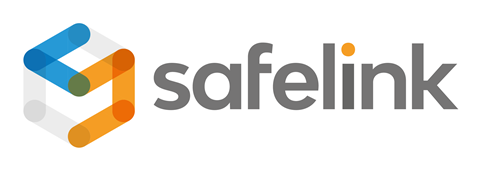Sponsored content.
AI and the Importance of the Legal Chronology
“You can’t handle the truth!” Jack Nicholson’s character, Colonel Jessup, famously screams in A Few Good Men. It’s an iconic line - one that many have probably felt like declaring in court. Yet his sentiment, that the truth is too complex or harsh for others to grasp, reflects the confusion that can arise in legal cases, where competing narratives, conflicting evidence, and scattered facts obscure the reality.

In complex litigation, the absence of proper context and a well-structured presentation of facts can obscure or distort the ‘truth.’ Clarity is the goal, and everyone in the courtroom is the target. To promote understanding and prevent confusion - and avoid a defiance akin to Nicholson’s - lawyers must be vigilant about the accessibility and digestibility of the sequence of events. New Legal Chronology Software may offer a promising solution.
What value should a legal chronology offer?
It’s no doubt clear to practitioners that a chronology - also referred to as a timeline of events - is an important asset. The advent of AI, however, is revolutionising how they are created, updated and organised for courtroom use, bringing new value and workflows to all stages of the case lifecycle. Here are four ways they will help.
Getting a fast, accurate overview of your matter
New chronology solutions are employing sophisticated and highly accurate fact extraction processes to deliver legal professionals an immediate snapshot of their case. By analysing uploaded documents, emails, and other relevant sources, systems can identify and categorise key events, relevant dates, and critical facts, presenting them back in an intuitive and easy-to-understand format.Practitioners are able to take a fact-centric approach, viewing even ‘undated’ facts which can be lost when dated documents are the sole focus, as well as filter by person, location, date-range or keyword. The result? A faster evaluation of a case’s merits and weaknesses, and the quicker identification of case-critical, strategy-defining information.
Easing the communication of progress
Discrepancies can significantly jeopardise a case’s outcome; establishing a single point of truth ensures that everyone involved has access to the same information—eliminating duplicates and competing versions. Here, timelines are indispensable for communicating progress to management, sharing case details with colleagues, and transferring information to counsel. New solutions real-time collaboration, comments and annotations around a single chronology – along with an array of permissions to keep things locked down. It becomes easier to track changes, follow the evolution of a case, and facilitate discussions - whether in person or remotely.
Automating and revolutionising cross-referencing
Cross-referencing has long been a time-consuming endeavour. The presence of multiple reference points leads to cluttered chronologies, document-access creates, and the entire process is susceptible to errors. Software can now automatically link events to evidence, and provide a clear explanation to help mitigate any risks of hallucination. Documents can be stored directly within a chronology workspace, and displayed directly alongside your timeline entries. And what’s more, as new evidence comes to light, software can support multiple cross-references for a single event. Such interplay supports critical thinking, frees up time, and promotes a deeper engagement with the material.
Enhancing comprehension, engagement and retention
Timelines are particularly useful for clarifying complex narratives with multiple events and characters, and new and upcoming chronology software offers robust export options that enable the creation of polished, professional chronologies ready for courtroom presentation. Visual elements such as dates, images, and brief descriptions break the monotony of text-heavy content, and the visual representation of events laid out sequentially makes it easier for all parties to grasp cause-and-effect relationships and the evolution of ideas or actions over time.
AI in the legal field is both groundbreaking and intimidating, but it’s no longer just a buzzword. Innovative tools are transforming workflows in every direction, enhancing how legal professionals comprehend cases and communicate with clients. From streamlining document review to automating tedious tasks, AI is empowering practitioners to focus on what truly matters—effectively handling the truth.
Safelink provides legal and financial professionals with the tools they need to drive positive outcomes for their clients, including AI-powered Chronology, Virtual Data Room and eDiscovery tools. Learn more at safelinkhub.com.

Castle Street
St Helier
Jersey
JE2 3BT



























